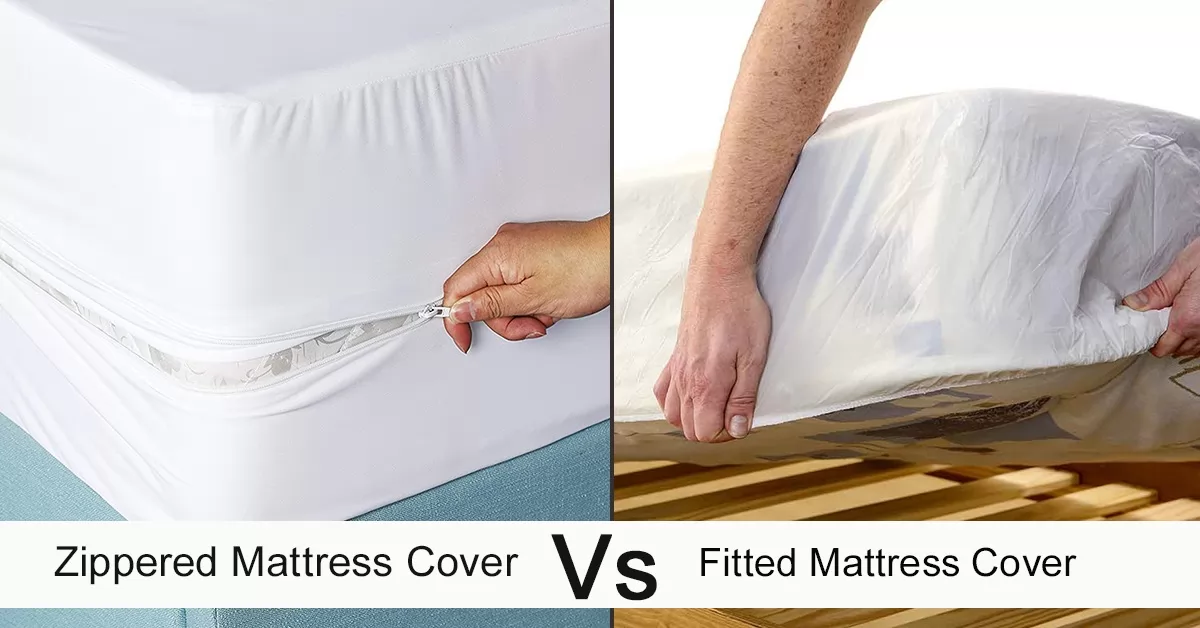Mattress covers for hospital mattresses must be efficient to prevent a host of germs and bacteria from potentially spreading to the next person using the mattress. Easily washed and effective mattress covers help create a safe mattress. This helps prevent allergens from settling in on the place where you find comfort. Here are five solid tips to help you choose the right mattress covers and nullify the associated risks.
1. Bed Bug resistant
Bed bugs are disgusting and you must avoid bed bug infestation at all costs. A closed clam shell designfull mattress cover is ideal to prevent this from happening. Some common features of such covers include full enclosure, non-porous, and usually come with a tight zipper.
2. All-around protection
A fitted sheet-style mattress cover is the best-known mattress protector. This is because it slides over the edges and corners fully and uses elastic along the edges to ensure a tight fit. Fitted-style mattress covers made by Medtrica offer protection against liquid spills and stains from incontinence. Besides, it helps retain the physical features, such as the normal wear and tear that comes with regular usage.
3. Allergen-free bed
Dust mites are common even in hospitals. To combat these allergens, consider dust mite mattress covers at Intensive Care Units. Medical grade all foam mattress are very resistant to dust mites.
4. Fluid proof mattresses
Staining of body fluids, sweating, drooling, vomiting, etc., are quite common for a hospital bed mattress, so a fluid proof mattress cover would be ideal for healthcare institutions.
5. Consider organically made mattresses
Tencel Lyocell is a special bedding fabric that has botanical origins and an eco-friendly textile. Mattress covers made from this fabric provide ventilation, prevent moisture from settling in, inhibit the growth of odor-inducing bacteria or allergens and are also naturally hypoallergenic. Its soft and smooth exteriors is ideal for newborns or someone with a sensitive skin.






IQOS
Your point of view caught my eye and was very interesting. Thanks. I have a question for you.
Your point of view caught my eye and was very interesting. Thanks. I have a question for you. https://accounts.binance.com/ar/register-person?ref=FIHEGIZ8
Can you be more specific about the content of your article? After reading it, I still have some doubts. Hope you can help me.